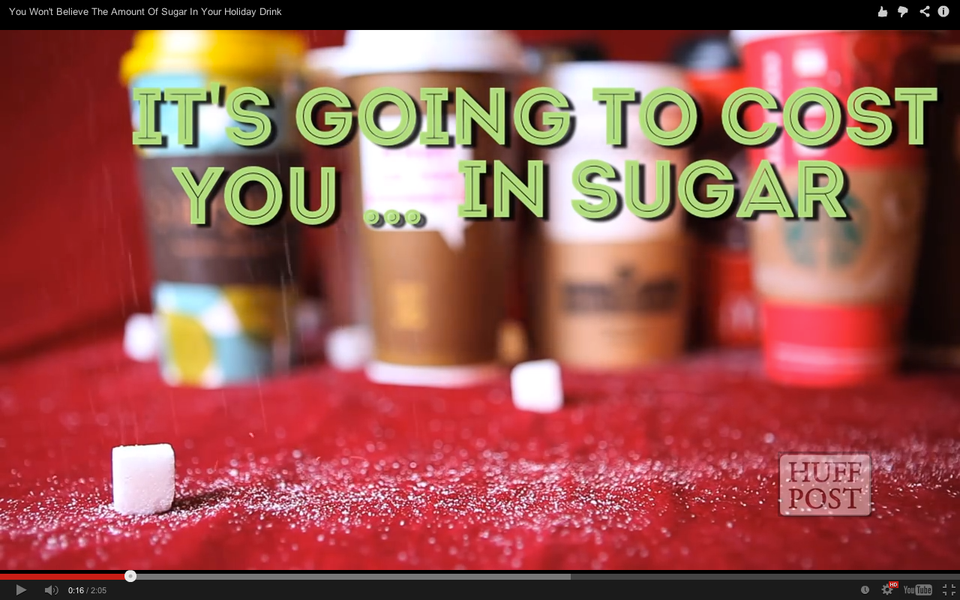Unreal Eats is Healthy Living's original video series, where we go behind calorie counts and health claims to examine what's really in the processed foods that scream loudest in our food environment.
Trick or Treat might be a traditionally youth-oriented activity, but the grown-ups are sharing in the haul -- about half of adults will eat candy on Halloween, according to data from the NPD group, as reported by USA Today. In fact, Oct. 31 makes up 4 percent of candy consumption for the entire year.
And while no one thinks technicolor jelly candy or peanut butter chocolate confections are a health food, we might mindlessly be consuming way more than we intend. On top of the, shall we say, spooky ingredients that can be found in processed Halloween candy, most of the treats filling up our loot bags are loaded with sugar, fat and calories. And the packaging might just be the trick: a handful of "fun sized" candy bars seems perfectly harmless, but can add up to more than a meal's worth of calories fast.
Of course, no one is saying to forgo the treats altogether. But moderation is key: The average adult should consume no more than about 100 to 300 or so empty calories a day, depending on age and gender). If you're keeping a 2,000 calorie diet, that's about 10 percent of your daily intake, meaning it won't take long with your offices's festive supply or your kids' guarded stash to sail way past the target.
Need a candy reality check? Watch our video above for a lesson in portions, and to see how various picks stack up against each other in the calorie department (with a friendly reminder that exactly none of them are nutritious).
Video by Amber Genuske, Laura Schocker & Meredith Melnick
